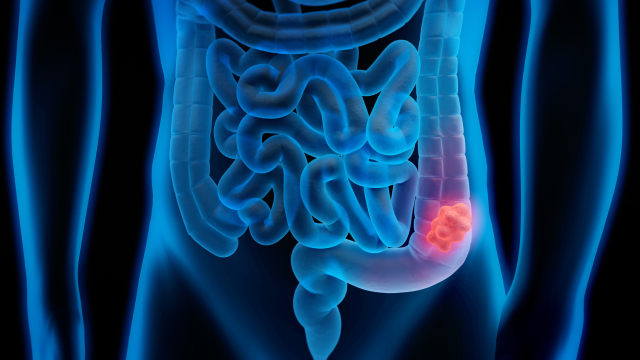Colorectal cancer mortality in Latin America grows 20.5% in thirty years
20/10/2023
Barbara Souza (Ensp Report)
Colorectal cancer mortality is growing in Latin America. Published in the scientific journal Plos One, a study carried out by researchers from the Sergio Arouca National School of Public Health (Ensp/Fiocruz), the National Cancer Institute (Inca) and the University of California San Diego showed that, between 1990 and 2019, there was a 20.5% increase. In most countries in the region, including Brazil, there is an increasing trend. The growth in colorectal cancer mortality in Latin America is in the opposite direction of the global trend, which has been a drop in the rate, a result influenced by high-income countries.
In addition to describing trends in the mortality from the disease in Latin America, the research related the data to the Human Development Index (HDI) of the countries. The increase in the mortality in the region, the most unequal on the planet, was observed in a heterogeneous way. The research confirmed that there is a link between colorectal cancer mortality trends and the socio-economic development of Latin American countries. However, this relationship is not linear.
Countries with a low HDI have a lower colorectal cancer mortality rate. The factors that influence this relationship are mainly underdiagnosis and less access to known risk factors, such as the consumption of ultra-processed foods and red meat. Medium-developed countries, on the other hand, have late access to diagnosis and difficulties with timely treatment, which reduces patient survival. Furthermore, these countries have greater exposure to risk factors, as is the case in Brazil. On the contrary, highly-developed countries diagnose the disease earlier and their population tends to have healthier eating patterns.
“It is interesting to note that the inequality between countries is so striking that there are some, like Uruguay and Argentina, heading towards a decline in the colorectal cancer mortality rate. Despite a high consumption of red meat, they are able to diagnose and treat on time, preventing deaths. Central American countries have a different scenario: food presents less risk, but there is underdiagnosis and little access to treatment”, explained one of the authors, Raphael Guimarães, from the Department of Social Sciences at Ensp/Fiocruz.
The researcher stated that it is a global trend, in areas that study cancer, to increasingly understand the so-called contextual effects, especially those of a socio-economic nature. “Research on cancer has sought to look beyond biological factors, which are already well known. Currently, there have been many efforts in this direction”, he explained.
There is a research along the same lines being developed in Brazil, said Raphael Guimarães. “We chose to analyze Latin America precisely because of the inequality that exists between its countries. This reality of the region as a bloc is similar to what Brazil presents internally. Therefore, we have another research underway to replicate the study. Preliminarily, we can state that there is the same association with socio-economic factors, the same paradox between HDI and colorectal cancer mortality”, he anticipates.
The age-adjusted mortality rate was extracted from the Global Burden of Disease (GBD) study comprising 22 countries, subregions and groups of Latin American countries previously classified by the GBD study due to the Socio-demographic Index (SDI) in the analyzed period. The researchers applied a regression model to the segmented mortality rate to analyze the temporal trend.
In the research conclusions, the authors recommend carrying out studies that assess the social and economic contexts of countries for a robust assessment and for the provision of preventive, diagnostic and curative services to reduce cancer mortality in Latin America.


